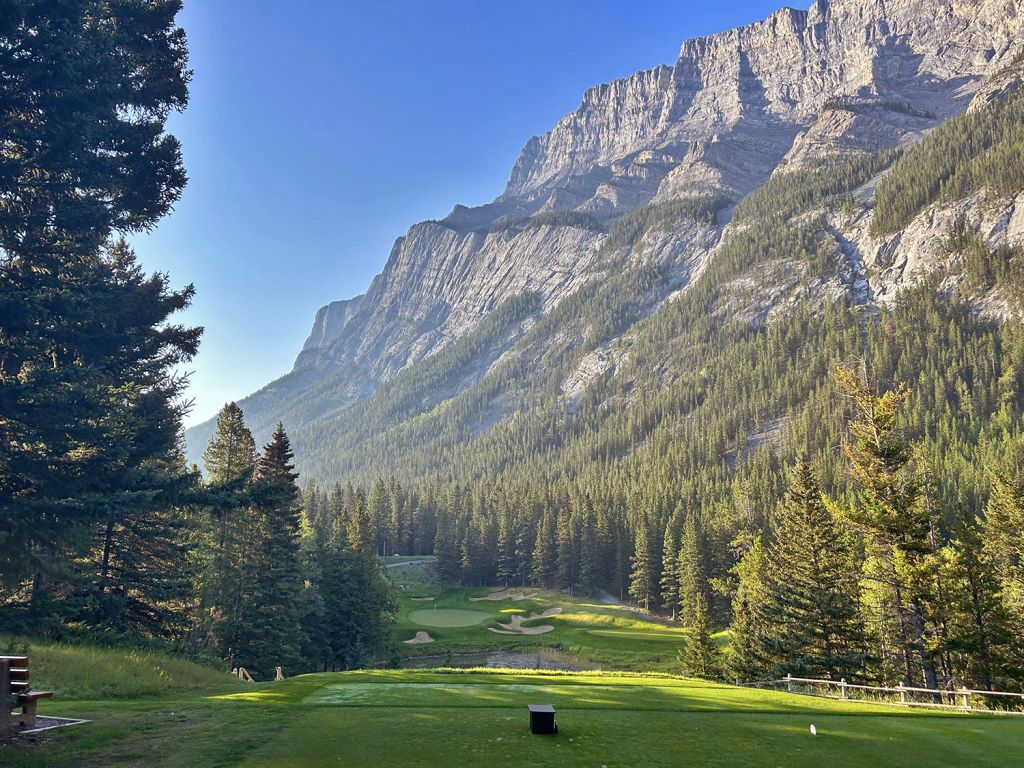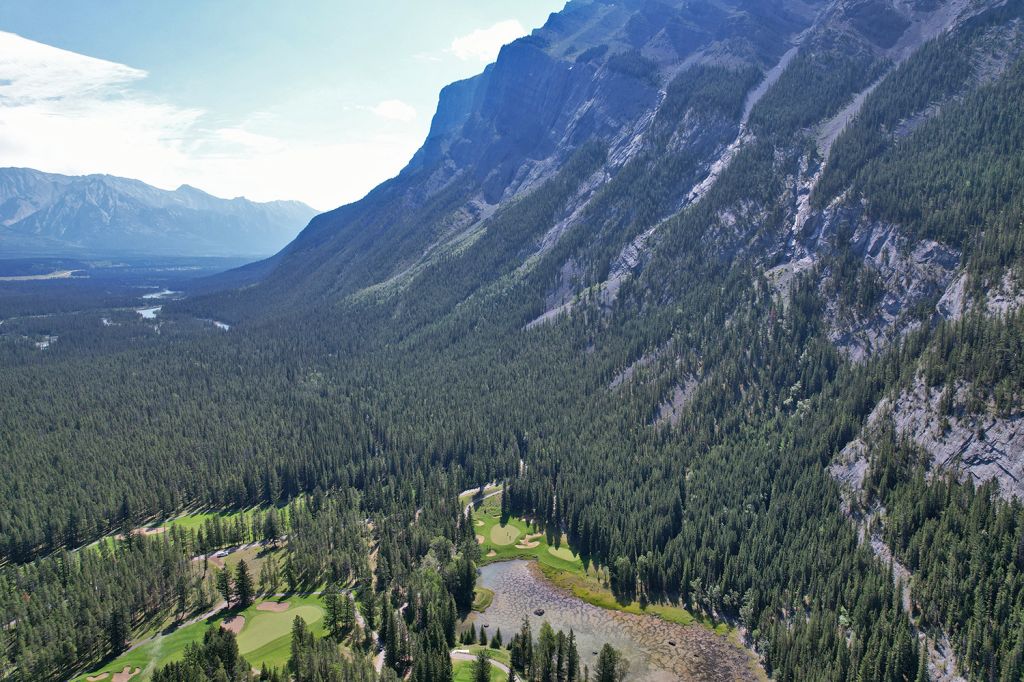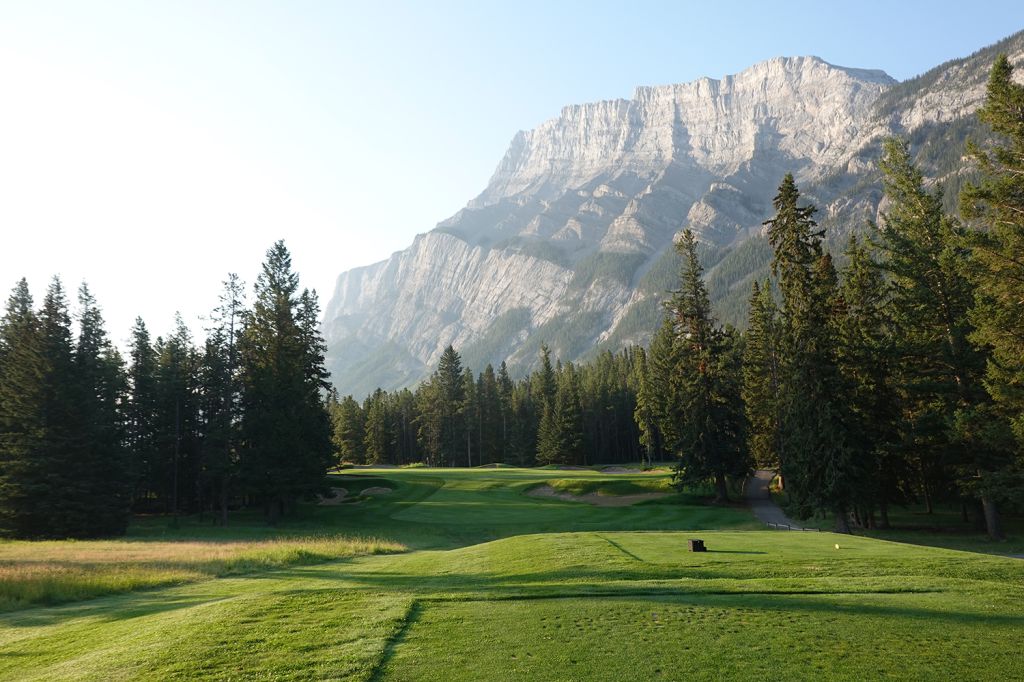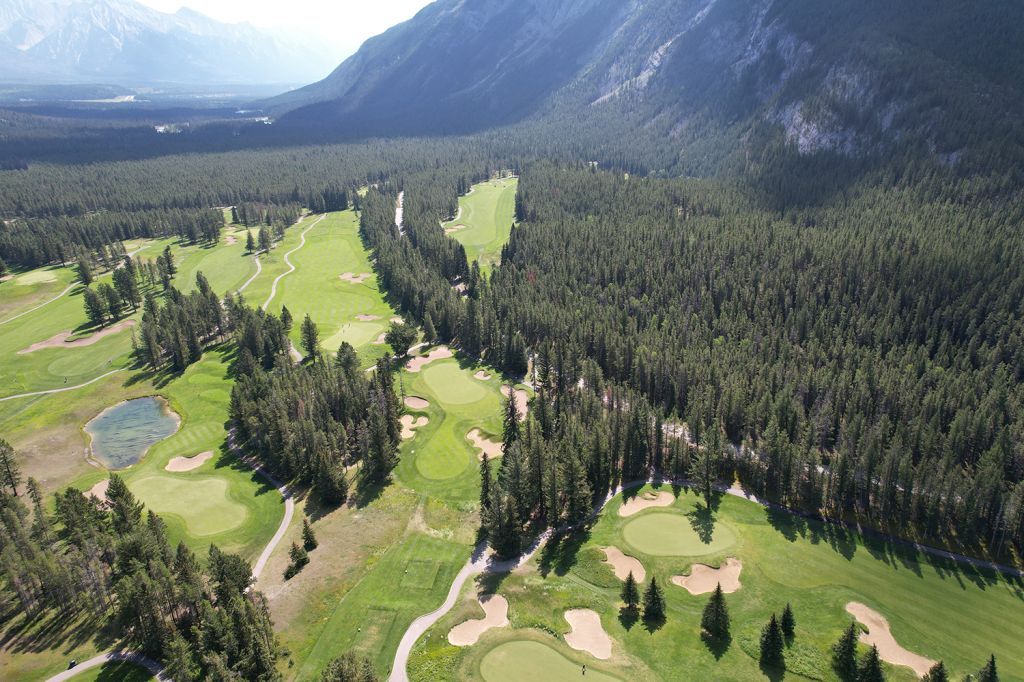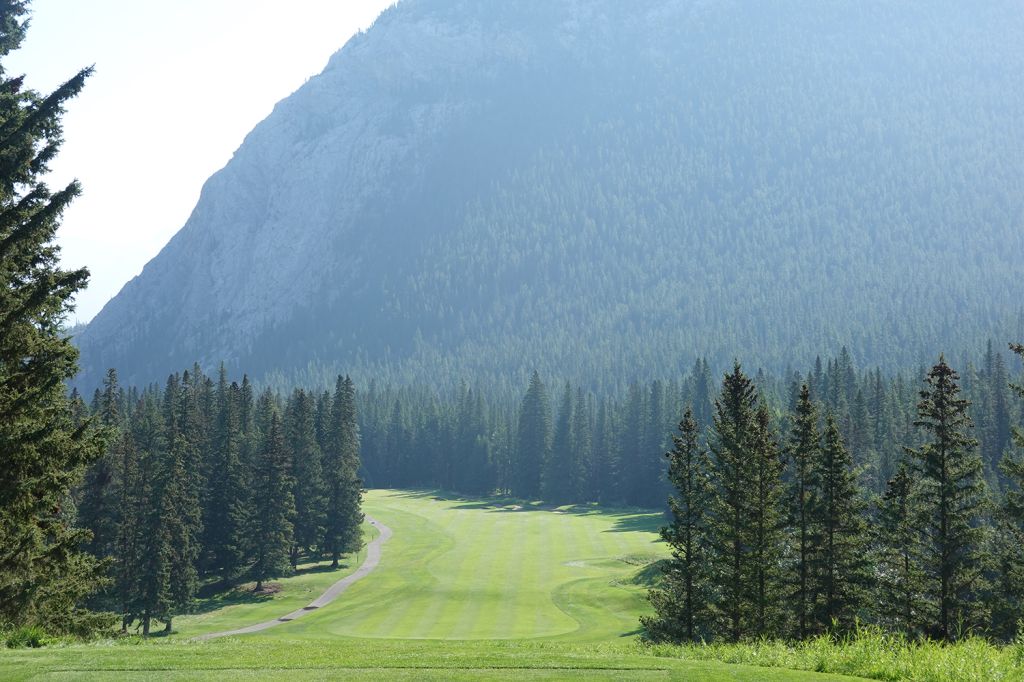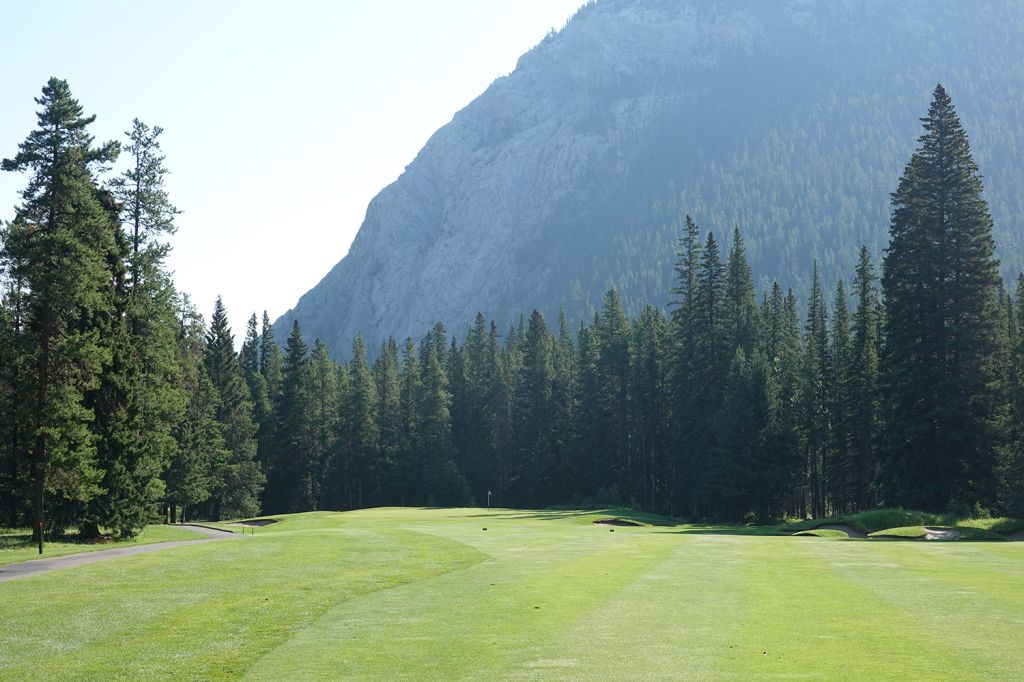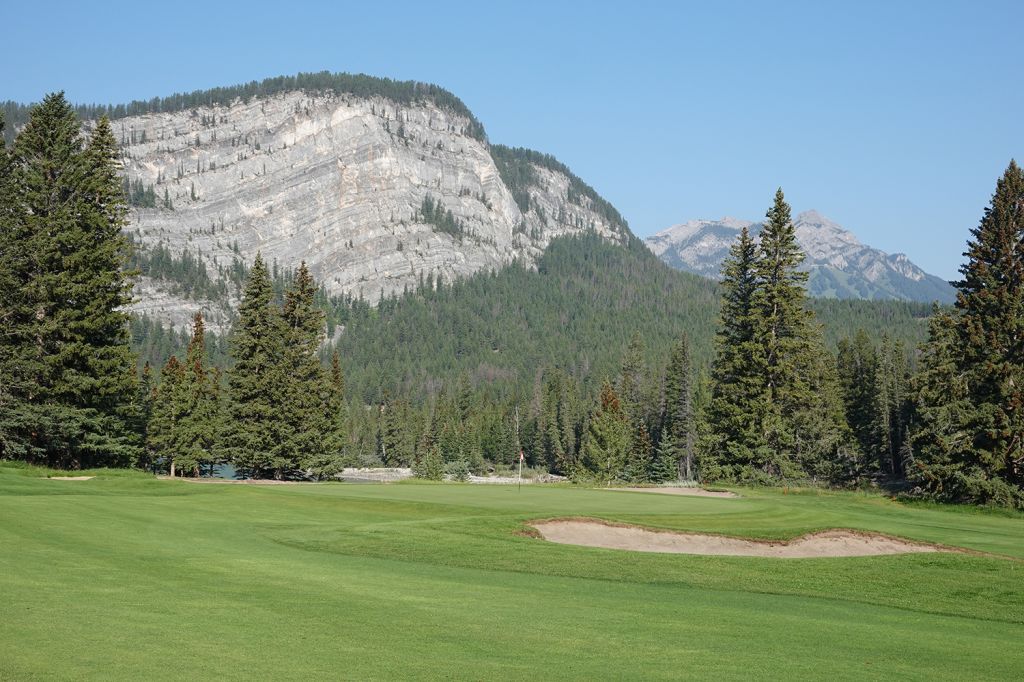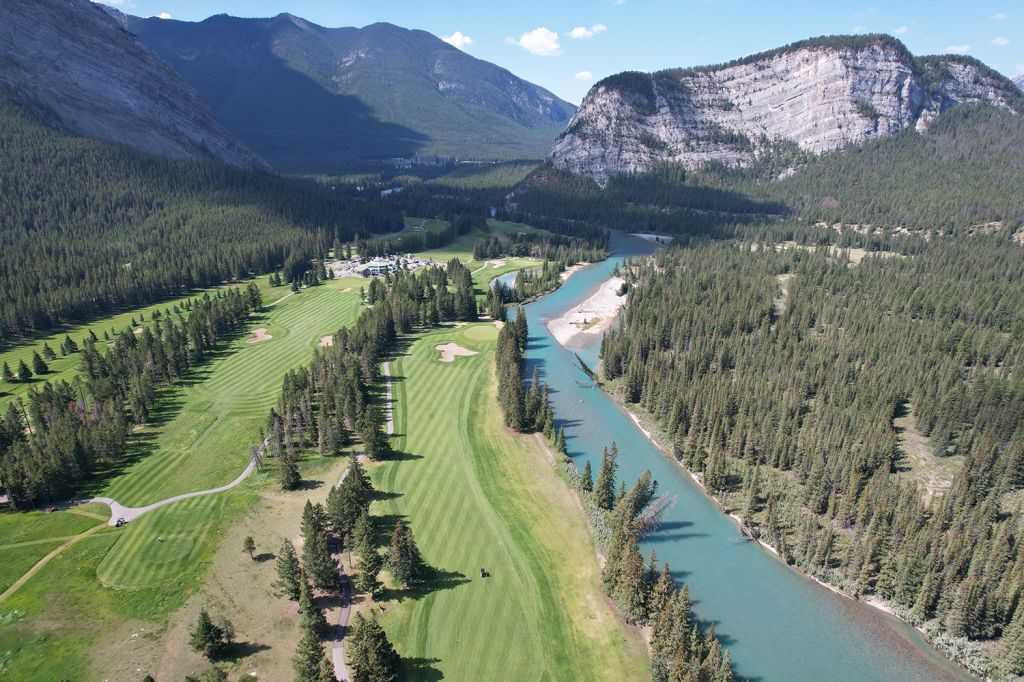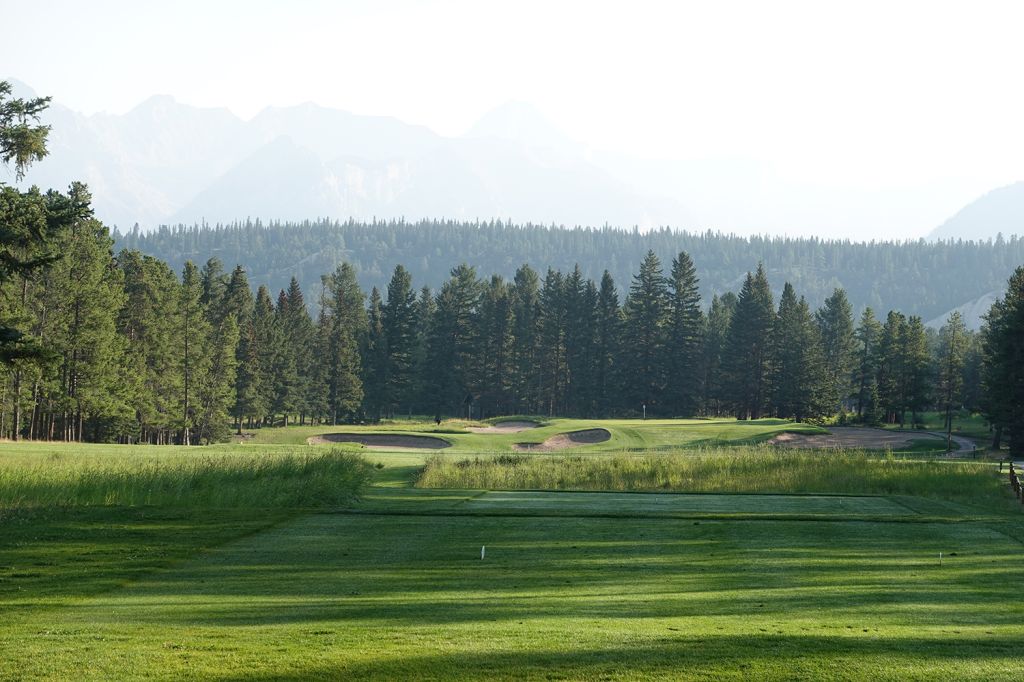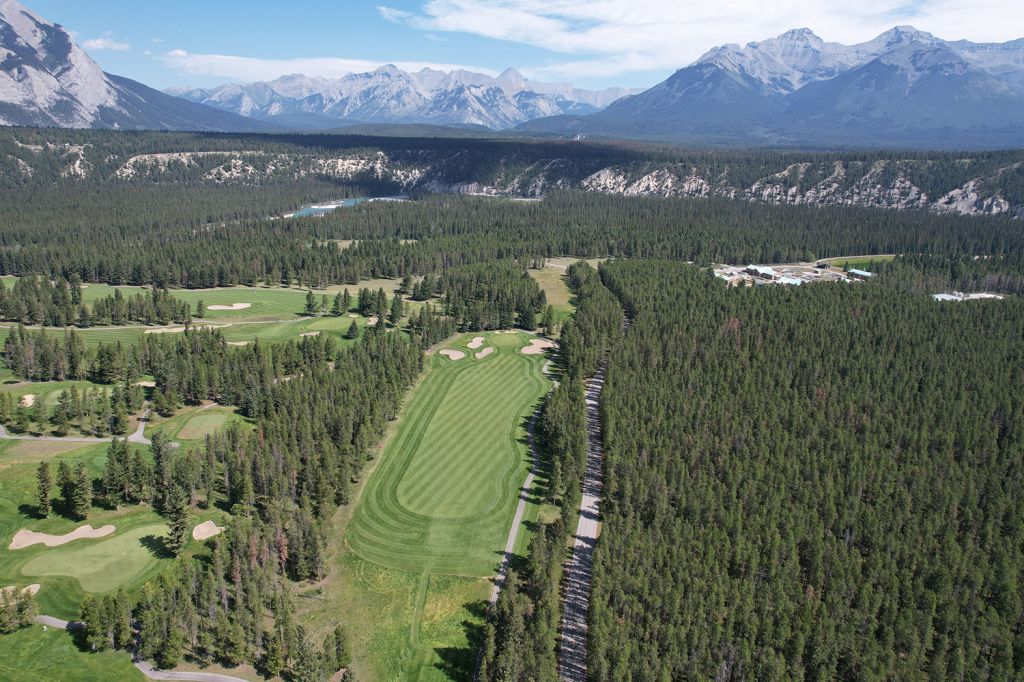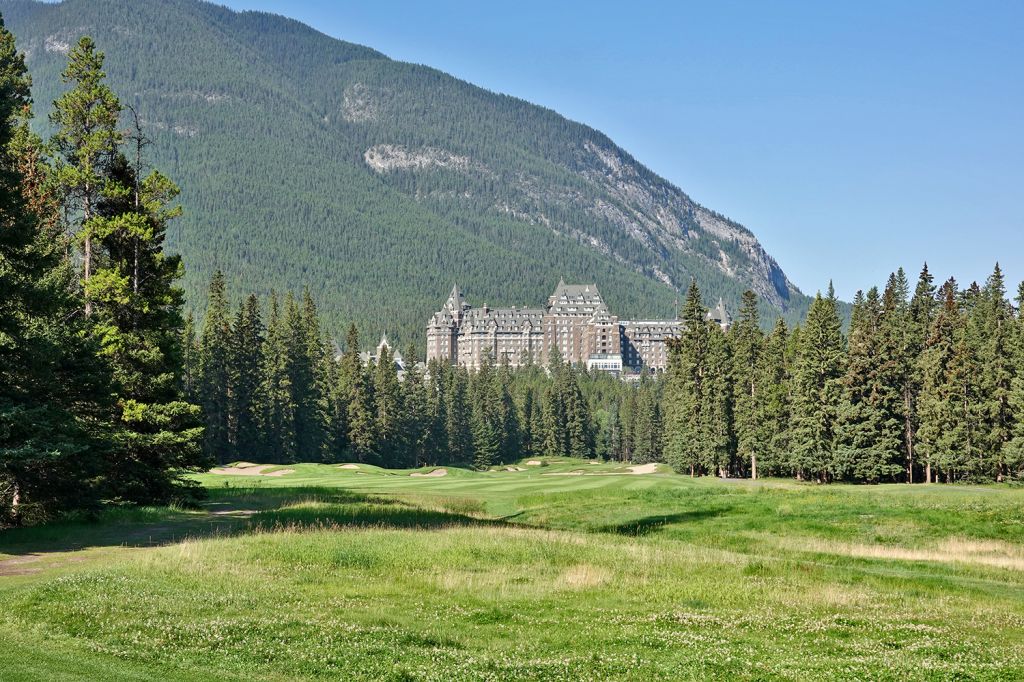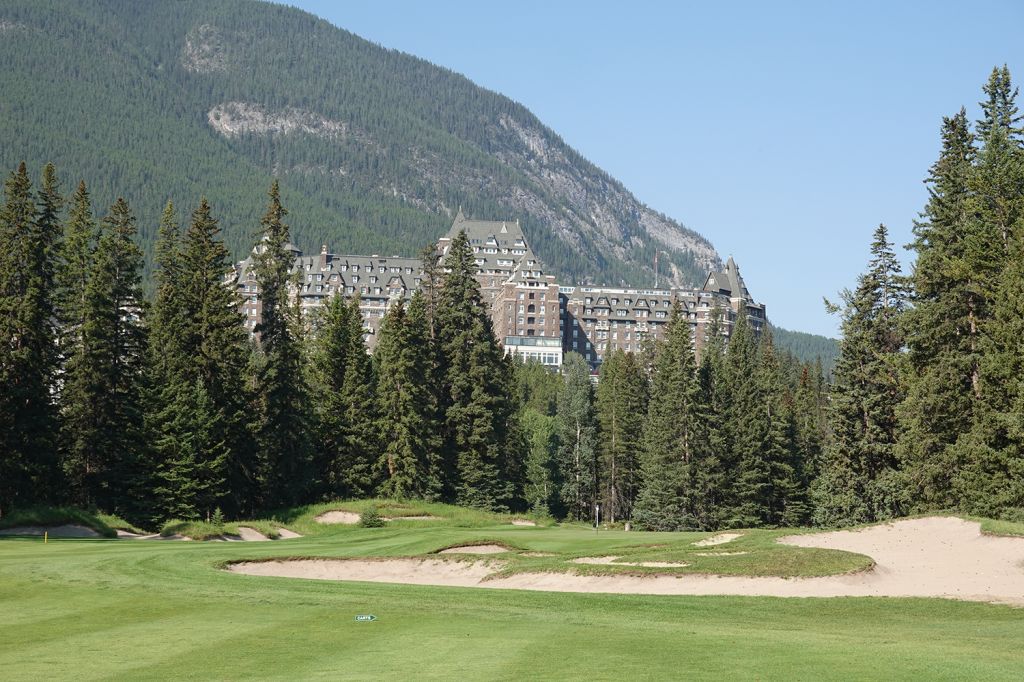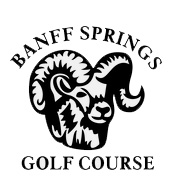 Golf Course Review by: Billy Satterfield
Golf Course Review by: Billy Satterfield
Rankings:
The Takeaway: Perhaps Canada’s most historic course, Banff Springs enjoys a fantasy-like setting with soaring mountains, a crystal clear aqua tinted river, and a hotel that looks like a princess castle. A trip to Alberta isn’t complete without visiting this Stanley Thompson gem. Grade A
Quick Facts
Designer: Stanley Thompson 1927
Cost: $200 - $275 Click for current rates
Phone Number: 403-762-6801
Course Website: Official Website - Visit Fairmont Banff Springs Golf Course's official website by clicking on the link provided.
Directions: Get here! - 405 Spray Avenue, Banff, Alberta T1L 1J4 – CANADA
Photos: See additional photos of Fairmont Banff Springs Golf Course
What to Expect: The most famous golf course in Alberta and the flagship design of Stanley Thompson’s illustrious career, Banff Springs enjoys a fairytale setting with the iconic Fairmont hotel perched in the Canadian Rockies that looks like something from a Disney princess movie. As many pictures as you may have seen of Banff Springs over the years, nothing quite does it as much justice as being there. It is hard to quantify how tall, impressive, and close the mountains feel. Thompson wastes no time taking players to the course’s most recognizable and memorable hole, the par three 4th known as Devil’s Cauldron, that plays well downhill over a pond to a green that slopes from left to right with a skyscraper mountain framing the right side. The remarkable setting is what popularizes Banff Springs with towering mountains on each side of the valley and the Bow River flanking the north end of the property. If the 6th hole feels a bit different than the rest of the routing it is because that hole is the final offering left from Donald Ross' original layout. Ross fans will feel right at home with a raised green sloping off on the edges. The strongest part of the course are the par threes which deliver an exceptional variety while the par fours are the opposite by too often repeating doglegs left without as much difference in length as would be ideal. That being said, the par four 15th hole, which was formerly the opening hole, offers an incredible tee shot that descends seemingly forever to the fairway below with a massive mountain creating the backdrop and delivers one of the most memorable parts of Banff. However, other than the 15th hole, most of the terrain at Banff Springs is pretty flat which makes for an easy walk (you'll be offered a ride to the 15th tee). While Banff has more impressive mountains, the terrain Jasper Park (its sister course) has much more movement and interest in it while the mountains there are much more distant. In the end, Banff Springs is one of the world's most famous and storied courses and a lot if it is because of its fantasy-like setting.
By the Numbers
| Tees | Par | Yardage | Rating | Slope |
|---|---|---|---|---|
| Black | 71 | 6938 | 72.6 | 131 |
| Black/White | 71 | 6573 | 70.6 | 128 |
| White | 71 | 6335 | 69.7 | 126 |
| White/Gold | 71 | 6019 | 68.0 | 123 |
| Gold | 71 | 5607 | 65.6 | 117 |
| Gold/Red (Ladies) | 71 | 4886 | 66.8 | 121 |
| Red (Ladies) | 71 | 4627 | 65.5 | 116 |
Individual Hole Analysis
Signature Hole: 4th Hole – 192 Yard Par 3 – One of the most famous and recognizable one-shotters in the world, the famous Devil’s Cauldron hole at Banff Springs is legendary in Stanley Thompson's design portfolio due to the insanely dramatic setting it occupies. The peak of the mountain flanking the right side of the hole sits over 1,000 feet above the green and makes it nearly impossible to get the full mountain and the golf hole in the same picture while on the tee box. The tee shot plays well downhill over a pond to a green encircled by a half dozen bunkers and features a putting surface that slopes severely from left to right, so finishing on the right side of the hole will allow you to be aggressive on your birdie attempt. It is simply an unforgettable hole and one of the best par threes in the world.
Best Par 3: 2nd Hole – 171 Yards – While the 4th hole gets all the hype among the par threes at Banff, the back nine starts with a memorable one-shotter along the river and also features this offering as its first par three. The tee shot plays slightly uphill to a green surrounded by a half dozen bunkers while boasting an impressive mountain backdrop. The green is angled at 45 degrees with the front right corner of the green being closer and more accessible while the back left corner takes an impressive shot to get tucked into. The subtleties in the green will tend to pull balls back towards the front edge of the putting surface, so respect and a deft touch is needed to navigate it successfully.
Best Par 4: 15th Hole – 475 Yards – This dramatic hole with a massive drop from tee to green is how Stanley Thompson originally designed the course to begin and certainly was one of the most memorable opening tee shots in golf. However, when the club decided to build a new clubhouse in 1989, the routing was changed to accommodate the new clubhouse location and this hole went from the 1st to the 15th that players will contend with. While it is a tragedy that Thompson’s original routing was changed, the hole is still an invigorating hole where players are now carted up to the tee. Drives should have no trouble clearing the stream that crosses in front of the fairway and the biggest challenge is keeping your ball flying straight long enough to find the short grass after such a lengthy drop. The fairway eventually bends to the left and plays to a large green; but it is the tee shot you’ll remember most.
Best Par 5: 9th Hole – 501 Yards – The concluding hole on the front nine at Banff plays along the Bow River, bending slightly right to follow its flow. Players that hang their tee shot to the right have a buffer area between the fairway and the water that sits ten feet below the short grass and will force a layup on the second shot. The main strategy to consider on this hole is whether to lay short of the sprawling bunker 50 yards short of the green or whether to navigate to the left of it and hope to fade the ball onto the putting surface. The green feeds hard towards the river, so even an approach shot that lands on the left third of the putting surface can finish on the right third depending on the angle taken.
Birdie Time: 6th Hole – 373 Yard Par 4 – The only original Donald Ross designed hole remaining at the course, the 6th feels like Ross the whole way. The hole plays straightaway with no bunkers coming into play until the approach shot where five pits surround the raised putting surface that slopes off on the edges in an effort to reject shots that aren't executed well enough for Ross' liking. The shaping and sloping of the green is unique compared to the other holes at Banff, so the best plan is to hit your approach at the center of the green no matter where the flag is. Taking a look from behind the green back towards the tee is one of the more inspiring visuals on the course.
Bogey Beware: 14th Hole – 440 Yard Par 4 – Formerly the closing hole, this is another one of those moments that you know you are at Banff Springs as the towering Fairmont Hotel sits in the background to create a castle-like setting in the mountains and trees. Three large bunker complexes, two on the left and one on the right, characterize this hole that runs parallel to the Bow River; though the water is not in play. A tee shot that carries 260 yards from the tips will clear the bunker complex on the left while tee shots stretching over 300 yards can bring the sand into play on the right. The fairway bends slightly right towards Bow Falls and leaves a litter box of sand on the left side of the green and safety to the right. However you play this hole, it is pretty inspiring seeing your ball fly through the air with the mountain and hotel backdrop that simply cannot be replicated anywhere else.




